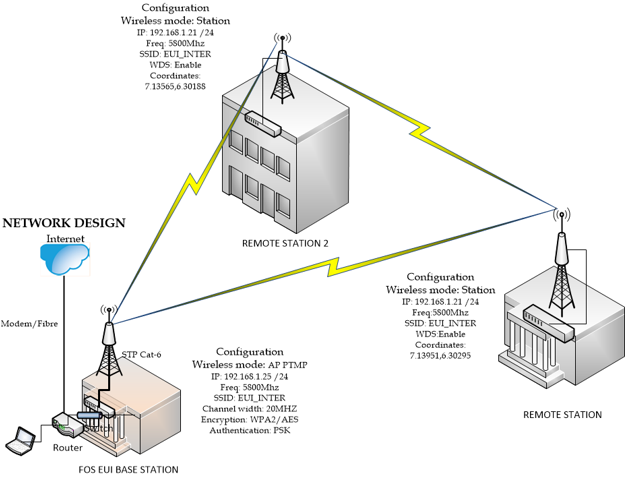Investigating the Performance of Point to Multipoint Microwave Connectivity across Undulating Landscape during Rainfall
Keywords:
Landscape, Microwave, Nodes, Performance, SignalAbstract
One of the most debated issues surrounding wireless connectivity is performance especially under different topographic and climatic scenarios. Performance has a direct relationship with throughput measured in terms of how well a given wireless connectivity provides consistent services over a given period compared to the wired alternative. Research has shown that wireless connectivity is constrained by significant physical components such as topography, weather conditions, propagation frequency, and distance. It is commonplace to see notable vendors of wireless network products make claims as to how their technologies are designed to remedy any signal degradation that may arise from the aforementioned physical elements. This paper is aimed at evaluating the performance of a point to multipoint connectivity using Ubiquiti’s 5.8 GHz Point to Multipoint Base Stations deployed within a landscape marked by series of undulating highlands and lowlands. In this experiment, a base station node is established with connectivity to two other nodes of same specifications with one node as the destination radio whereas the other acts as the control which is located on a table land. The nodes were separated by triangular distances of 3 km and network connectivity was maintained over thirty days during periods of rainfall. Packets sent and received across each node was carefully recorded. The results from the analysis showed that packet losses to and from the control node was significantly lower than that of the other node under same weather conditions.

Published
How to Cite
Issue
Section
Copyright (c) 2019 Journal of the Nigerian Society of Physical Sciences

This work is licensed under a Creative Commons Attribution 4.0 International License.




